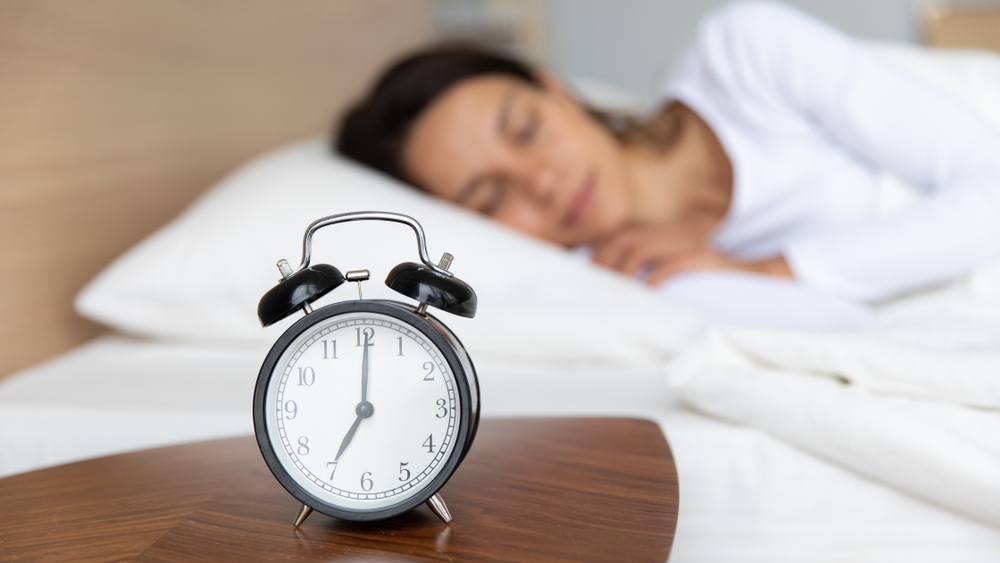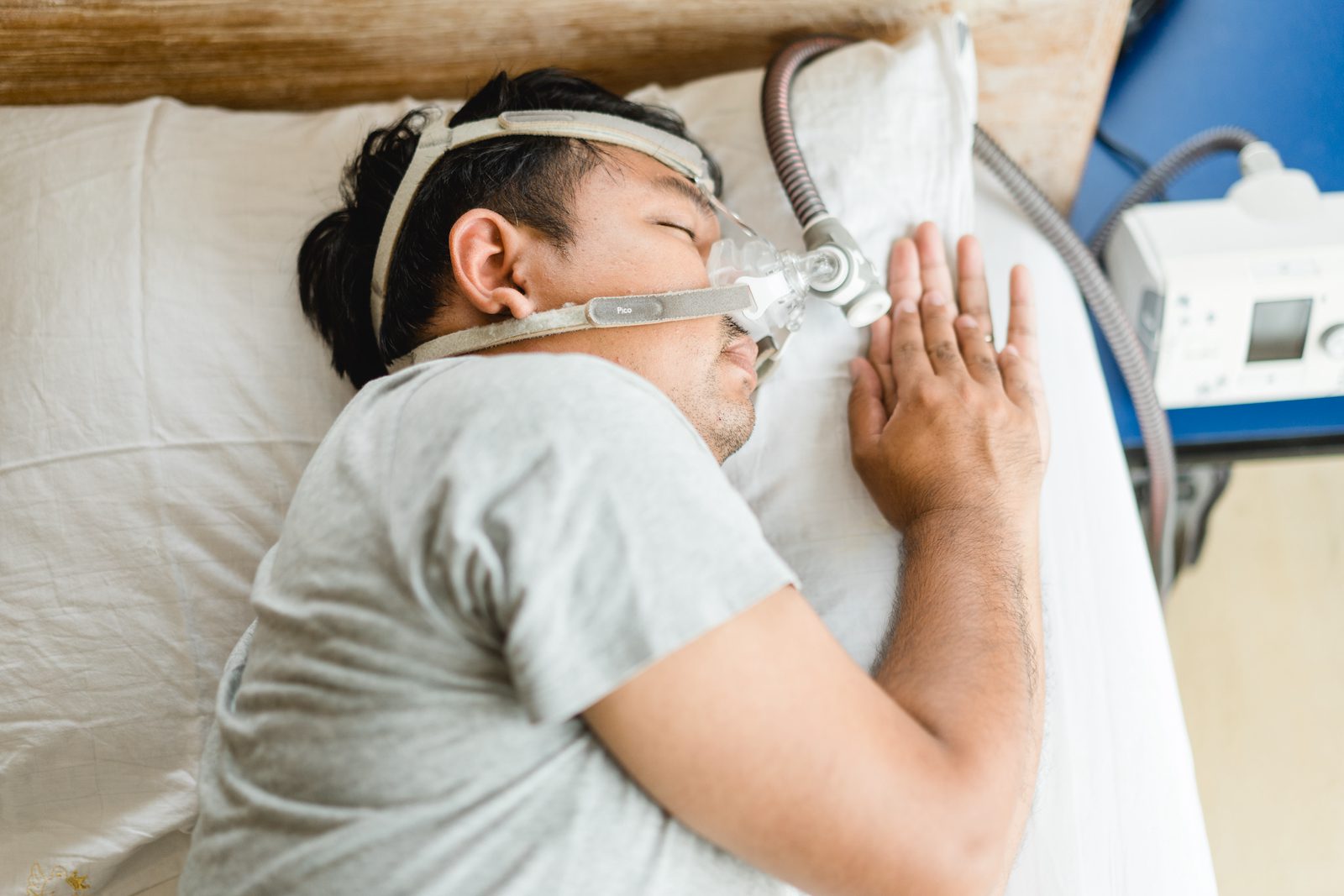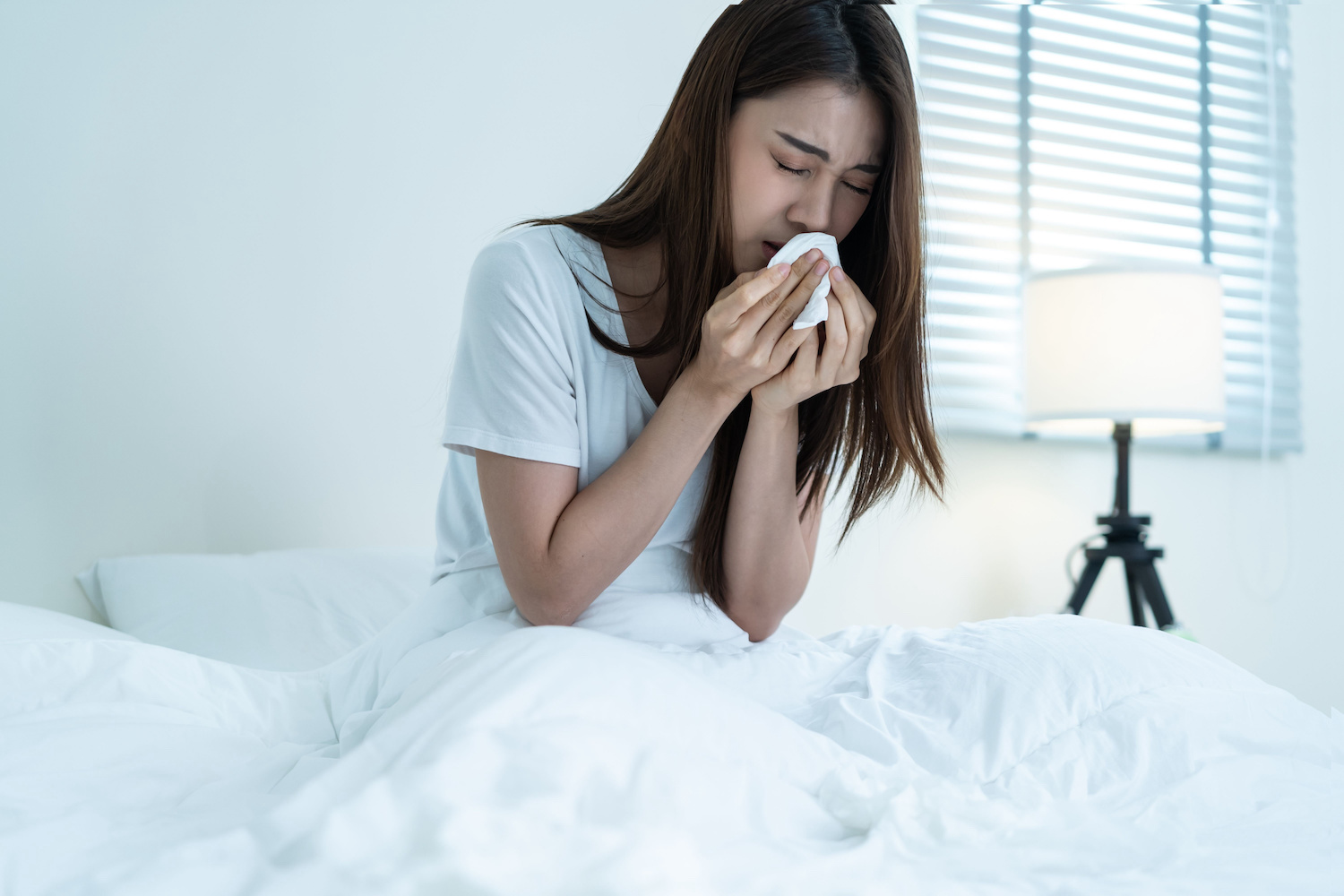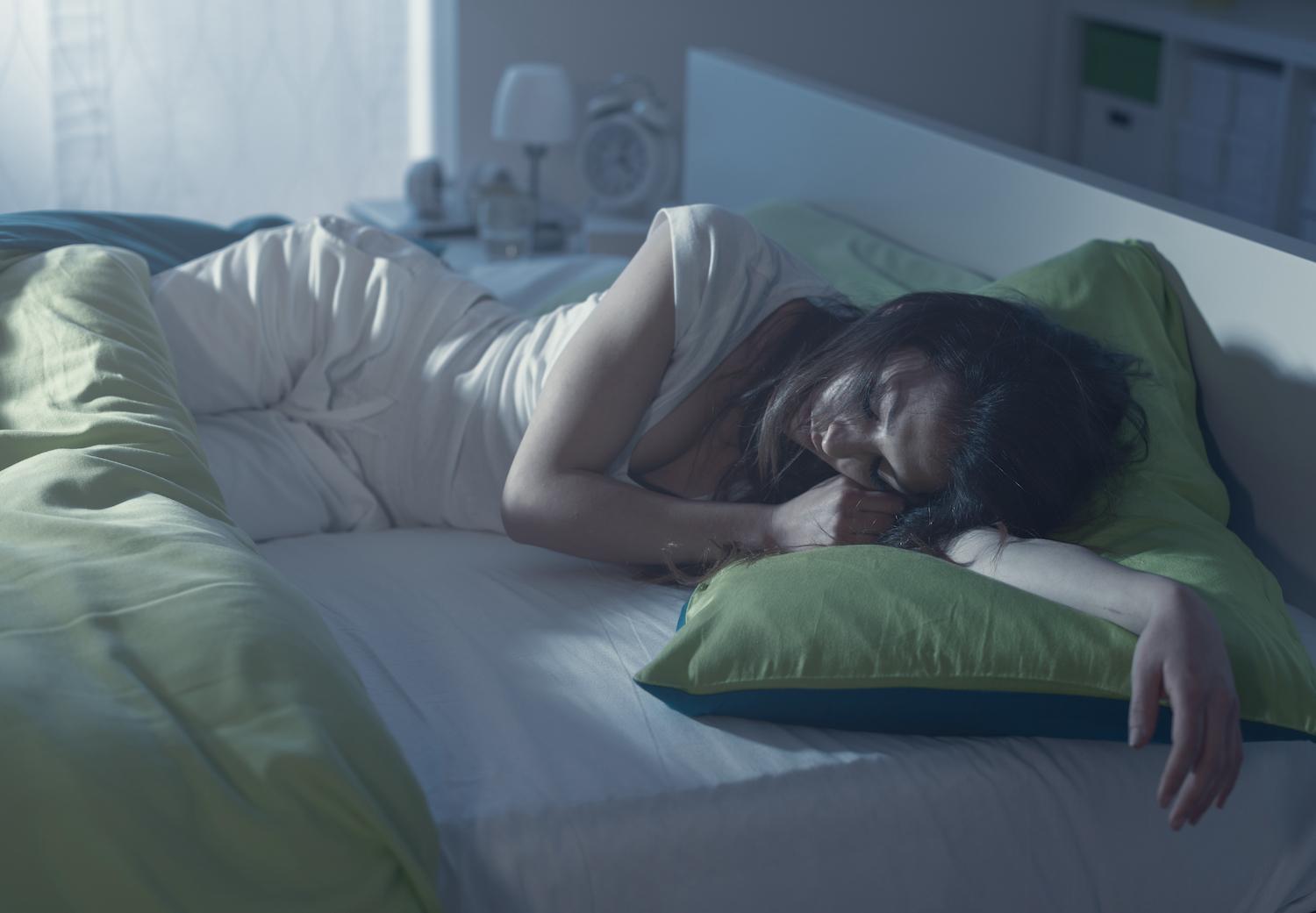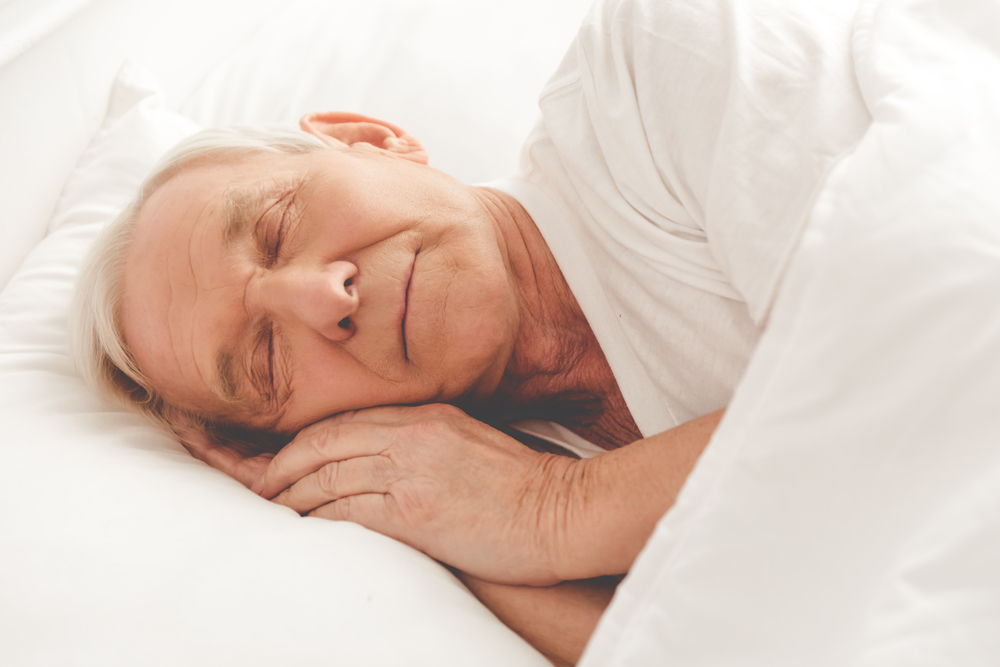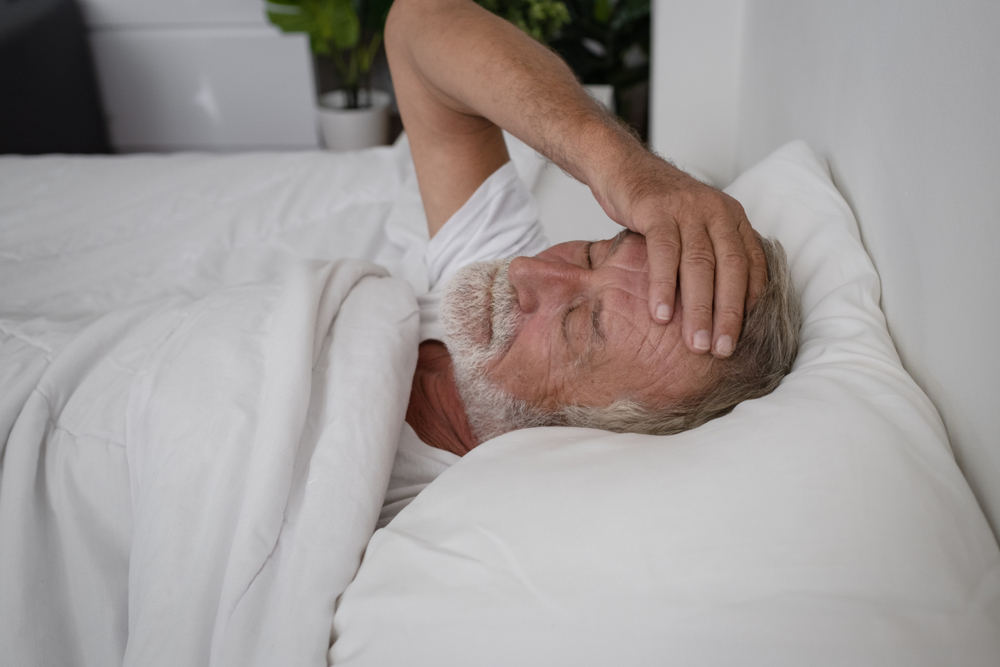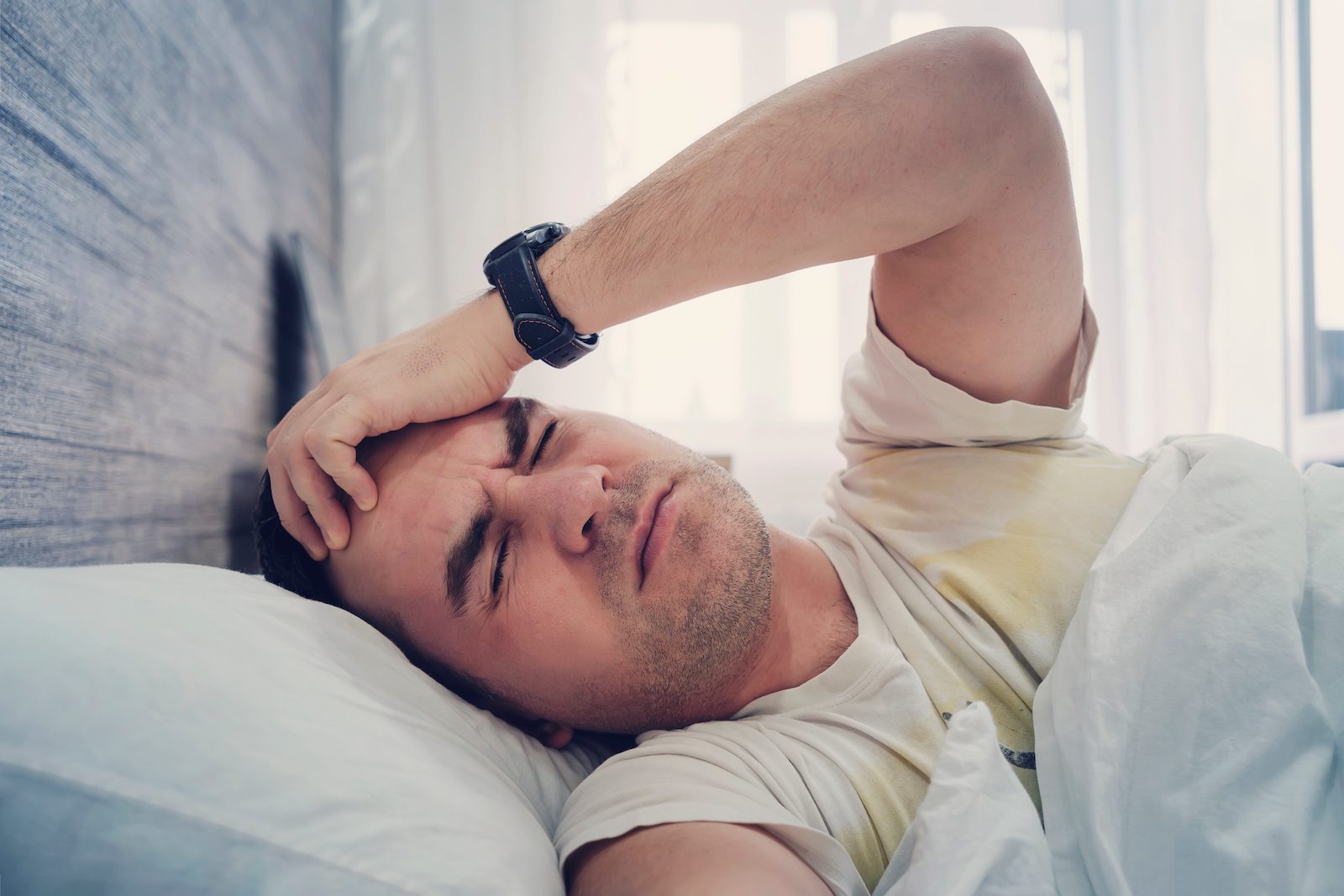A blood oxygen level is a measurement of how much oxygen a person has in their blood. For most people, a normal level of blood oxygen is between 95% to 100%. It’s normal for a person’s oxygen levels to drop slightly during sleep, though nighttime drops in blood oxygen can also be a sign of sleep apnea and other health issues.
What Happens to Your Oxygen Levels During Sleep?
During sleep, a person’s breathing naturally becomes less consistent and shifts as they move through the different stages of sleep. It’s normal for a sleeper to have periods of slow or shallow breathing and short pauses in breaths. While normal, these changes in breathing can cause a sleeper’s blood oxygen levels to temporarily decrease.
While minor changes in blood oxygen levels are expected during sleep, a wide range of health problems can cause oxygen levels to drop too low. Tissues in the body need oxygen to stay healthy, so a blood oxygen level that is too low can be dangerous to a person’s health.
Measuring Oxygen Levels During Sleep
Blood oxygen levels can be measured through a blood test or by using a medical device called a pulse oximeter. A pulse oximeter is a small device that is typically clipped on a finger and provides an estimate of the level of oxygen in the blood.
Over-the-counter pulse oximeters and smartphone-based devices have also been developed to check a person’s blood oxygen level at home and became increasingly popular during the COVID-19 pandemic. However, experts warn that these non-prescription products haven’t been thoroughly tested and shouldn’t be used to monitor a person’s health.
For most people there is no need to measure oxygen levels during sleep. In situations when a doctor does recommend using a pulse oximeter at home, such as in those with lung disease or COVID-19, the doctor can provide a prescription for an FDA-cleared pulse oximeter.
Think You May Have Sleep Apnea? Try an At-Home Test

our partner at sleepdoctor.com
Save 45% on your Sleep Test Today
Shop now“Truly grateful for this home sleep test. Fair pricing and improved my sleep!”
Dawn G. – Verified Tester
Normal and Dangerous Oxygen Levels During Sleep
Normal blood oxygen levels vary from person to person, but for most it’s around 95% to 100% regardless of whether they are asleep or awake. A blood oxygen level below 92% may be a cause for concern, while a level below 88% requires prompt medical attention.
While these estimates of normal and potentially dangerous blood oxygen levels can be helpful, there are a number of other factors that doctors take into account when assessing the meaning of a person’s blood oxygen levels.
- Previous readings: Doctors often look at trends in a person’s blood oxygen level rather than a single measurement. For example, even an oxygen level of 95% could be a cause for concern in a person who previously had a blood oxygen level of 98%.
- Elevation: High elevations can cause a person’s blood oxygen to be lower than it would be at sea level.
- Pre-existing health conditions: Blood oxygen levels may also be lower in people who have been diagnosed with health issues that affect the lungs, like chronic obstructive pulmonary disorder (COPD) or pneumonia.
Additionally, pulse oximeters provide only estimates of blood oxygen and readings can be several percentage points different than a person’s actual level. For these reasons, only a doctor can determine if a person’s blood oxygen is dangerously low.
People concerned about their blood oxygen level should discuss their concern with a doctor, particularly if they are experiencing other symptoms of insufficient oxygen, such as:
- Rapid heartbeat
- Discomfort, tightness, or pain in the chest
- Lips, face, or nails that develop a blue tint
- Difficulty breathing or shortness of breath
- A cough that gets worse over time
Reasons For Low Oxygen Levels While Sleeping
Oxygen is taken into the body through the lungs and circulated in the bloodstream. It is then used by tissues in the body to create energy. Changes or problems at any point in this process can cause a decrease in a person’s blood oxygen level.
A wide range of medical conditions can cause a person’s oxygen levels to decrease during sleep, including sleep apnea, sleep-related hypoventilation, and certain medications. When oxygen levels drop unrelated to sleep apnea or hypoventilation, a person may be diagnosed with sleep-related hypoxemia.
Sleep-related hypoxemia is a sleep disorder in which nighttime drops in blood oxygen can’t be attributed to other sleep-related breathing conditions. Most often, sleep-related hypoxemia is caused by an underlying medical condition. These conditions include:
- Lung disease
- High blood pressure
- Conditions that affect the nerves and muscles
- Flare ups of respiratory conditions
How to Increase Oxygen Levels While Sleeping
People who are concerned about their blood oxygen levels during sleep should contact their doctor, as only a health care provider can assess changes in blood oxygen levels and recommend appropriate treatment.
When treatment for low blood oxygen is necessary, treatment depends on the cause of the condition. For example, people with obstructive sleep apnea may be prescribed a continuous positive airway pressure (CPAP) device, while those with sleep-related hypoxemia may be prescribed supplemental oxygen to use while they sleep.





